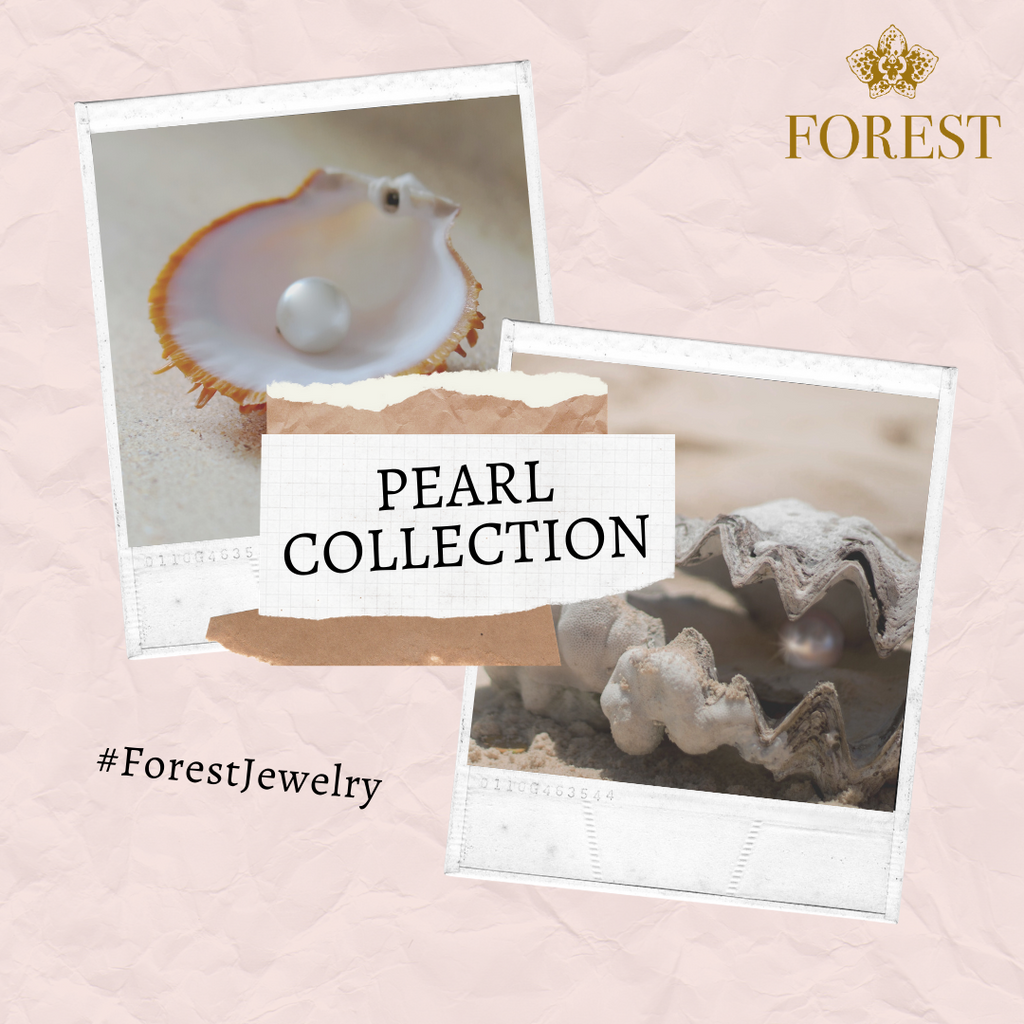Your Guide to Cultured Freshwater Pearls

What are Pearls and How are They Formed?
Pearls are hard, glistening objects produced within the soft tissue of shelled mollusks like oysters and mussels. When a microscopic irritant becomes trapped within their mantle fold, mollusks will secrete a fluid to coat the irritant as a defence mechanism. Layer upon layer of this coating is deposited on the irritant until a lustrous pearl is formed.
History of Pearls & How They are Used
Pearls have been around for thousands of years, used by royalties since 23AD as jewelry or placed on pieces of clothing. It is said that Cleopatra, Queen of Egypt was also known to use pearl powder in her beauty regime! Divers would harvest pearls from oceans and seas and manually pull oysters from ocean floors and river bottoms and checked them individually for pearls. Not all mollusks produces pearls either. In a haul of three tons, only three or four oysters will produce perfect pearls!
Cultured Pearls vs Natural Pearls
Natural pearls are pearls that occur naturally in the wild without any human intervention while cultured pearls are pearls formed after an irritant, like a tiny bead, is inserted into the shell by a pearl farmer. However, the process of how the pearl is formed is same as natural pearls, where layers of nacre form around the irritant to create the pearl.
Freshwater vs Saltwater Pearls
Freshwater pearls can be found in rivers, lakes, reservoirs, and ponds. Freshwater pearls are often white but come in a variety of pastel colors including pink and gold. The most common freshwater pearl shapes are round, oval, and teardrop. Saltwater pearls are grown across Australia and Asia. There are three main types of saltwater pearls: South Sea pearls, Tahitian pearls, and Akoya pearls. Cultured saltwater pearls are grown in saltwater when a mollusk is implanted in a saltwater oyster shell. These Pearls ranges in size from 8mm to 18mm in diameter.
Saltwater pearls are usually more valuable than freshwater pearls as they take more effort and time to cultivate. A saltwater mollusk only produces a single pearl at a time, whereas freshwater oysters can grow up to 30 pearls at once.
Why Freshwater Pearls?
Although Freshwater pearls are usually less expensive than their saltwater counterparts, they still offer plenty of lustre and beauty, and adds a touch of sophistication and class. Available in a wide range of colors and shapes, many freshwater pearls are crafted into modern designs and jewelry styles. The versatility of these pearls is endless and a gift of pearls to your loved ones will surely bring about much joy. A quote by Coco Chanel sums up the preciousness of pearls - “Diamonds may be a Girl’s Best Friend, but Pearls will make you glow like Moonlight”.
How to Take Care of Your Pearl Jewelry
To take care of your pearl jewelry, you should remove them before showering or swimming and refrain contact with harsh chemicals such as perfume, hair spray, detergents etc. After wearing, clean with a soft damp cloth before putting it back into its box. Never put your pearl jewelry together with other jewelry and keep them separated. It is also important to never clean your pearls in ultrasonic cleaners. Remember that Pearls are porous gemstones so love them well, and wear them often to prevent them from drying out!
Forest Jewelry- Our Freshwater Pearl Collection
At Forest Jewelry, our Freshwater Pearl Collection consists of genuine freshwater pearls that are carefully handpicked for its color, shape and lustre. They are then set in 925 sterling silver and meticulously crafted into classic but modern designs. Our pearls are natural in shape and color and do not undergo any artificial process to enhance their color and shape! Our designs come in a variety of Pendants and Earrings and are limited in quantity. A perfect gift for your loved ones! Did we also mention that Mother’s Day is coming up?
Subscribe to our newsletter and get 15% off your first purchase! Do follow us on our Instagram and Facebook for more updates and news too!




Leave a comment